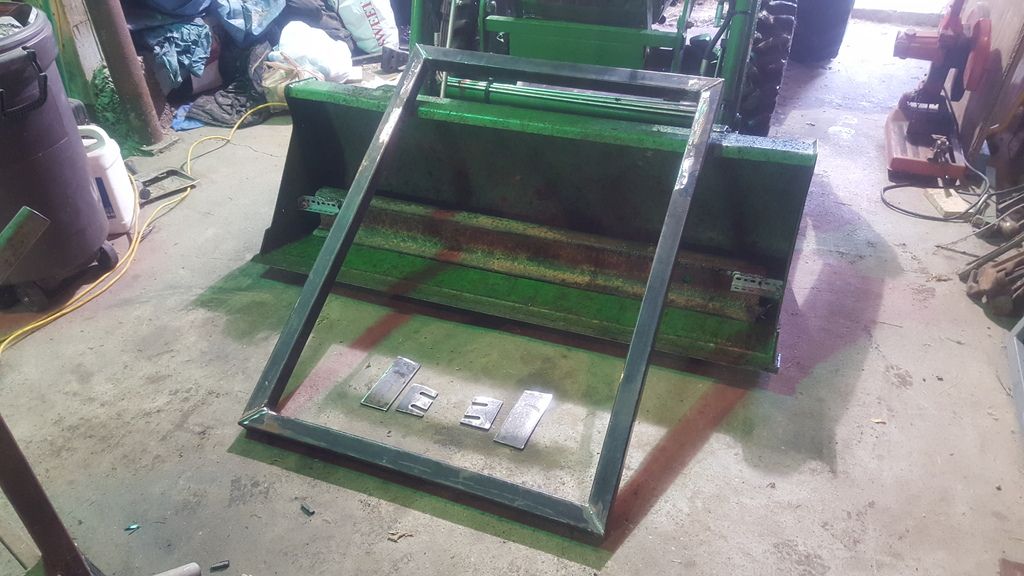Deezl Smoke
Silver Member
If your tractor has a ROPS, wear your seat belt.
You are right to be very concerned on hills of any degree or angle. If you have only rear drive, then you have only rear brakes. If you have mfwd, and are in rear only drive, then you still only have rear brakes. This becomes much more evident with a loader.
The maths involved with the actual tipping point and any tractor will involve not only the cog, but the location of the front axle pivot, both length from the rear tire contact with the surface, and the height upward from the surface.
If you are running an old tractor without rops, and are not experienced, or even if you are, and working on hills, always tell someone where you will be and when you will be there. If possible, have someone there with you. More people are found dead under a tractor or in the bottom of a ravine, but only after several hours had past since they were supposed to be home for dinner.
You are right to be very concerned on hills of any degree or angle. If you have only rear drive, then you have only rear brakes. If you have mfwd, and are in rear only drive, then you still only have rear brakes. This becomes much more evident with a loader.
The maths involved with the actual tipping point and any tractor will involve not only the cog, but the location of the front axle pivot, both length from the rear tire contact with the surface, and the height upward from the surface.
If you are running an old tractor without rops, and are not experienced, or even if you are, and working on hills, always tell someone where you will be and when you will be there. If possible, have someone there with you. More people are found dead under a tractor or in the bottom of a ravine, but only after several hours had past since they were supposed to be home for dinner.




